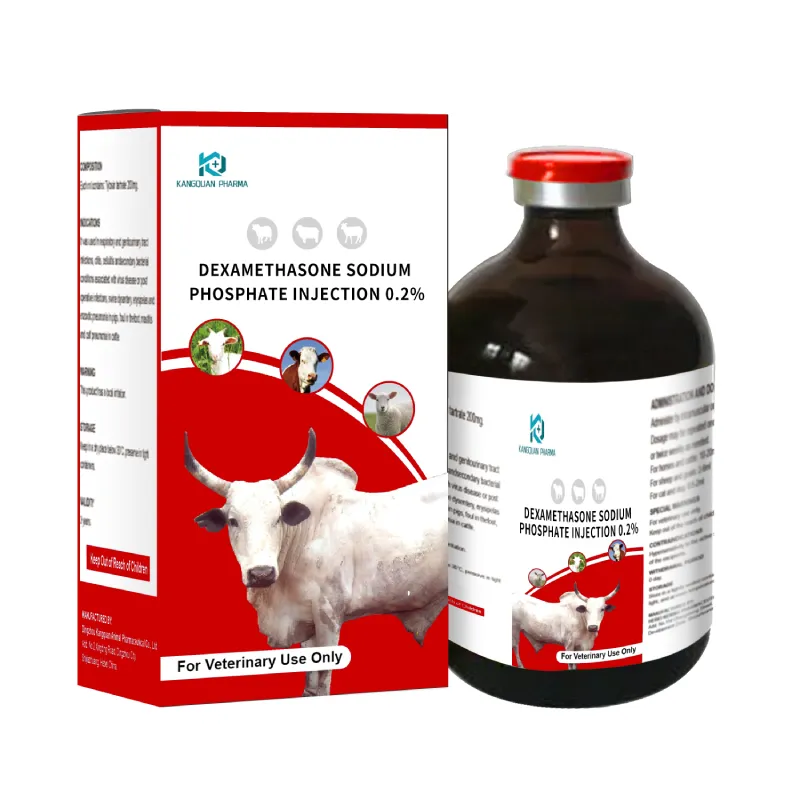- Afrikaans
- Albanian
- Amharic
- Arabic
- Armenian
- Azerbaijani
- Basque
- Belarusian
- Bengali
- Bosnian
- Bulgarian
- Catalan
- Cebuano
- Corsican
- Croatian
- Czech
- Danish
- Dutch
- English
- Esperanto
- Estonian
- Finnish
- French
- Frisian
- Galician
- Georgian
- German
- Greek
- Gujarati
- Haitian Creole
- hausa
- hawaiian
- Hebrew
- Hindi
- Miao
- Hungarian
- Icelandic
- igbo
- Indonesian
- irish
- Italian
- Japanese
- Javanese
- Kannada
- kazakh
- Khmer
- Rwandese
- Korean
- Kurdish
- Kyrgyz
- Lao
- Latin
- Latvian
- Lithuanian
- Luxembourgish
- Macedonian
- Malgashi
- Malay
- Malayalam
- Maltese
- Maori
- Marathi
- Mongolian
- Myanmar
- Nepali
- Norwegian
- Norwegian
- Occitan
- Pashto
- Persian
- Polish
- Portuguese
- Punjabi
- Romanian
- Russian
- Samoan
- Scottish Gaelic
- Serbian
- Sesotho
- Shona
- Sindhi
- Sinhala
- Slovak
- Slovenian
- Somali
- Spanish
- Sundanese
- Swahili
- Swedish
- Tagalog
- Tajik
- Tamil
- Tatar
- Telugu
- Thai
- Turkish
- Turkmen
- Ukrainian
- Urdu
- Uighur
- Uzbek
- Vietnamese
- Welsh
- Bantu
- Yiddish
- Yoruba
- Zulu
Nov . 16, 2024 19:40 Back to list
lincomycin soluble powder
Lincomycin Soluble Powder An Overview
Lincomycin is a potent antibiotic belonging to the lincosamide class, which is primarily derived from the bacterium *Streptomyces lincolnensis*. This powerful antimicrobial agent is widely used in both human and veterinary medicine to treat various bacterial infections. Among its many formulations, lincomycin soluble powder has gained significant attention for its versatility and effectiveness, particularly in treating infections that are resistant to traditional antibiotics.
Composition and Mechanism of Action
Lincomycin soluble powder is composed of lincomycin hydrochloride, which is soluble in water. This formulation allows for easier administration, particularly in situations where quick action is required. Lincomycin works by inhibiting bacterial protein synthesis. It binds to the 50S subunit of the bacterial ribosome, thereby disrupting the translation process necessary for bacterial growth and reproduction. As a result, lincomycin is effective against a range of Gram-positive bacteria, including *Staphylococcus aureus* and *Streptococcus pneumoniae*, as well as certain anaerobic bacteria.
Clinical Applications
In human medicine, lincomycin is prescribed for the treatment of serious infections caused by susceptible strains of bacteria. These include skin infections, respiratory tract infections, and infections in bones and joints. It is particularly valuable for patients who are allergic to penicillin, providing an alternative therapy option.
In veterinary medicine, lincomycin soluble powder is widely utilized in livestock, poultry, and pets to treat infections and prevent disease. It is especially effective in treating conditions such as pneumonia, foot rot, and other systemic infections. The ability to administer lincomycin in a soluble powder form makes it convenient for use in farm settings, where large groups of animals may require treatment.
Advantages of Soluble Powder Formulation
The soluble powder form of lincomycin offers several advantages over other formulations. First and foremost, its solubility in water allows for easy mixing with feed or direct administration via injection. This is particularly beneficial in veterinary applications, where animals may refuse to eat medicated feed. Also, the rapid absorption of lincomycin in its soluble form allows for quicker therapeutic effects, which is critical in managing severe infections.
lincomycin soluble powder

Furthermore, lincomycin soluble powder has a high bioavailability, meaning that a significant proportion of the administered dose reaches the systemic circulation, enhancing its effectiveness. The flexibility in dosage forms can help veterinarians tailor treatment regimens based on the specific needs of the animals, minimizing the potential for underdosing or overdosing.
Safety and Side Effects
Like any medication, lincomycin is not without its side effects. In humans, the most common adverse reactions include gastrointestinal disturbances such as diarrhea, nausea, and vomiting. In some cases, more severe reactions can occur, including allergic reactions and pseudomembranous colitis, a severe inflammatory condition of the colon.
In veterinary use, side effects may include gastrointestinal upset, and rare hypersensitivity reactions. It is crucial for both human and veterinary healthcare providers to weigh the benefits against the potential risks when prescribing lincomycin.
Resistance and Considerations
The increasing prevalence of antibiotic resistance has made the judicious use of lincomycin crucial. Ongoing monitoring for resistance patterns is essential, and healthcare providers should promote rational use to prevent the development of resistant bacterial strains. In both human and animal medicine, it is essential to follow appropriate dosing guidelines and therapeutic protocols to maximize efficacy while minimizing adverse effects and resistance.
Conclusion
Lincomycin soluble powder represents an important tool in the arsenal against bacterial infections in both humans and animals. Its effective antibacterial properties, combined with the convenient formulation, make it a valuable option for healthcare providers. However, responsible usage is paramount to managing resistance and ensuring the continued efficacy of this antibiotic. Continued research and monitoring are essential to address emerging challenges associated with bacterial resistance, ensuring that lincomycin remains a viable treatment option for the future.
-
Guide to Oxytetracycline Injection
NewsMar.27,2025
-
Guide to Colistin Sulphate
NewsMar.27,2025
-
Gentamicin Sulfate: Uses, Price, And Key Information
NewsMar.27,2025
-
Enrofloxacin Injection: Uses, Price, And Supplier Information
NewsMar.27,2025
-
Dexamethasone Sodium Phosphate Injection: Uses, Price, And Key Information
NewsMar.27,2025
-
Albendazole Tablet: Uses, Dosage, Cost, And Key Information
NewsMar.27,2025













